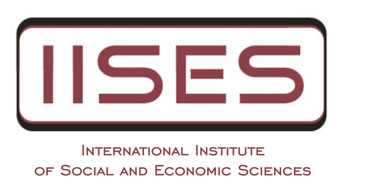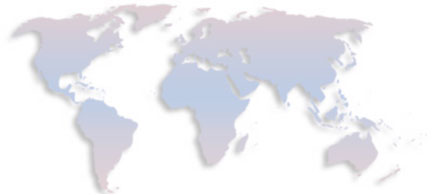22nd International Academic Conference, Lisbon
PEOPLE’S PERCEPTIONS TOWARDS PUBLIC AND PRIVATE MEDICAL LABORATORIES IN PUNE, MAHARASHTRA, INDIA: AN EXPLORATO
RAHI JAIN, BAKUL RAO
Abstract:
Human health is one the key goals in the Sustainable development goals 2030 that critically depends upon medical diagnostic laboratory services (MDLS) for evidence-based decision-making. India has two kinds of healthcare system namely Private and Public with each type suffering from its own set of strengths and weaknesses. Accordingly, MDLS are also present in both the public sector and the private sector. While, public and private sector supporters push for their respective agendas in Indian healthcare system including the MDLS, no scientific study is published in Indian context to capture the people’s perception towards both the public and private MDLS. This lack of scientific understanding of people perception towards MDLS could lead to inappropriate decision-making. This is an exploratory study to get preliminary insights into the people’s perception towards public and private MDLS. In this study, a one-day quick and short structured sample survey was performed of people coming to the agriculture fair organized in Manchar, Pune District, Maharashtra, India in Jan 2014. Total sample size of 21 people was obtained with six questions asked regarding the presence of the lab type in their vicinity, preference for lab type, lab type nearest from home, lab type with better services, lab type with a number of tests and lab type with higher cost. The study identified that most the respondents have both types of the lab in their vicinity and they do not have a particular preference for lab type. However, private labs are better in terms of smaller distance from home, better services and number of tests availability but these labs have been unanimous been rated to be more costly than public labs. Finally, the study indicates that while public and private labs are physically present in most of the respondents vicinity and are getting equal preference. Further, the private lab services are considered much better and costly than public lab services could be causing the people to have a lack of preference as financial constraints might be preventing people to prefer private labs. As the study was exploratory in nature, it used a very small sample size. Nevertheless, this study could be used to formulate larger and detailed sample surveys and to determine if the MDLS quality and prices are having an effect on the preference over the lab type.
Keywords: Medical Laboratory, laboratory services, laboratory challenges, Indian laboratory

